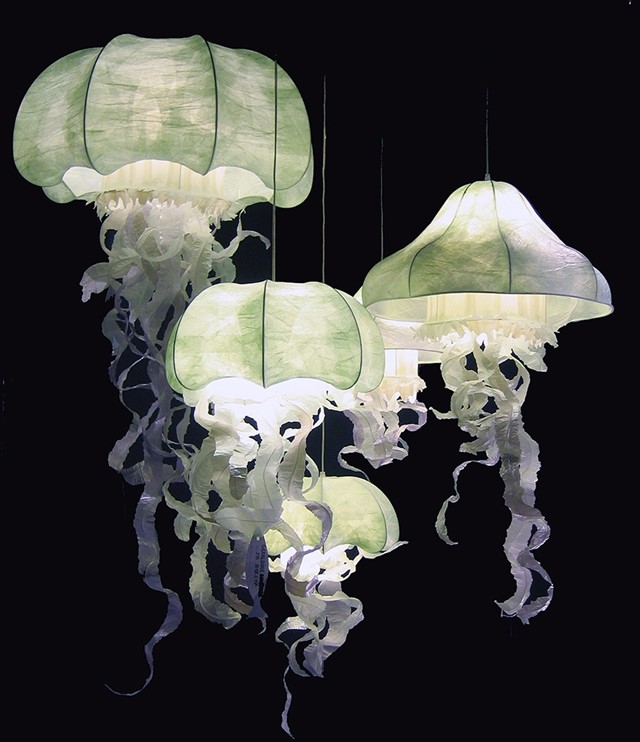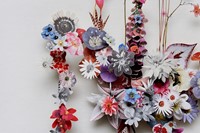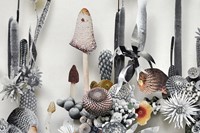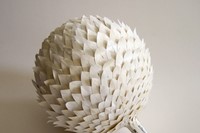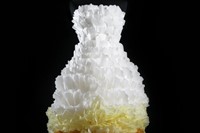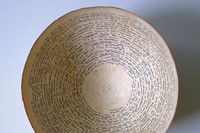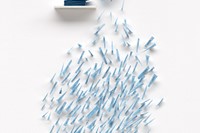A new book celebrates the mesmerising things that can be created using only paper
Paper is one of the world’s definitive materials. Books, letters, paintings, magazines – everything really good starts with paper. Yet in an increasingly digitised world, where email is king and video rules the Turner Prize, is it a material that is becoming obsolete? Paper Play, a wonderful new book published by Sandu, is arguing eloquently and beautifully against this notion, showcasing an array of artists who manipulate paper in fantastically varied ways. These pieces revel in the stiffness and flexibility of paper, its soft rolls and sharp edges, how it can be sliced into fronds or folded into strength, latticed into lace or painted into flowers. From sculptures to dresses, wallpaper to jewellery, jellyfish lanterns and crockery to sundials, dioramas and a scale model of the human body, the power of paper is that it can be transformed into literally anything by the right hands.

Here we present a selection of beautiful works from Paper Play, alongside an interview with the paper artist Alice von Maltzahn, whose gorgeously intricate pieces feature in the book.
What started you working with paper?
I think my gravitation towards working predominantly with paper was quite a natural decision, though it probably stemmed from wanting to be able to manipulate, work into and physically handle a medium that would somehow show the scars of that process. This even shows in the drawings I make, that tend towards a layering of marks, erasure and reworking, creating a mapping of the drawing the first mark made to something like a resolved idea. The next natural step was to really deconstruct the material and a need to push it to the outer limit of its durability. Conversely in trying to weaken the paper and yet retain its presence I realised that it was a much stronger medium than I'd assumed. And that different papers have their own individual strengths and weaknesses.
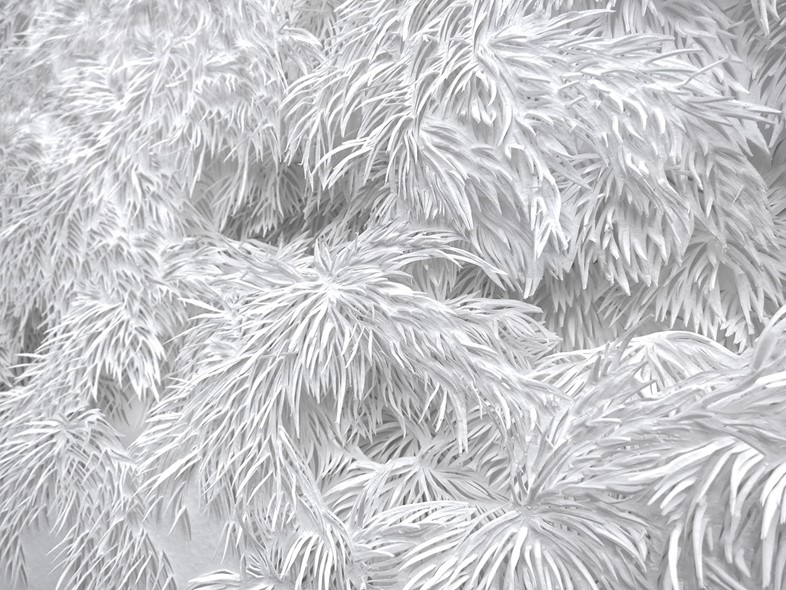
How does the creative process come about for you? Do you have a vision in mind, or is it organic?
The process of making and ideas that work themselves onto and into the page usually come from an initial intuitive mark or image, an idea that's already known or understood and maybe part of an internal landscape that inherently leaks out. The series Inheritance (which is ongoing) definitely refers to this. I grew up on a farm, though now work in London, and there's an obviously organic nature to my structures and drawings. Though now I can start to see a very structural edge to the things I make, in response to my new urban surroundings.
Your work is extraordinary because the pieces are at once creations and destructions, a piece of paper being carved up to become something else - is there a sense of destruction that informs their creation?
The idea of destroying something to re-create it in a new state is absolutely a preoccupation. In the cut paper works what I'm really struck by is the ability of the weakened paper to become almost more robust when interwoven with the other sections that create the whole. In the Territory Mapping series the work is predominantly self supporting and it's actual physical weight is astonishing when it appears to be so fragile and weightless. I want to push the destruction side further though. I think there is something very honest and poignant about the cycle of creation, decay and a perpetual change of state. It all goes back to my understanding of the world from growing up on a farm, where this process was constantly visible and evident.
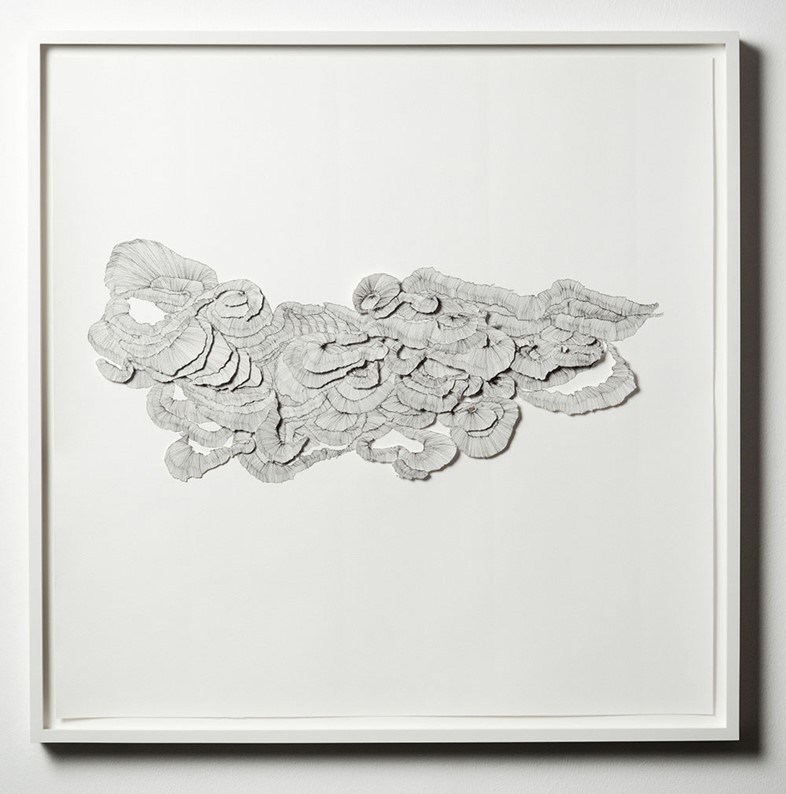
How is it working with such delicacy and precision? Is it cathartic, exhausting, or entirely absorbing?
The actual act of repetitive cutting can be at once cathartic and exhausting. Concentrating for hours on one thing can feel quite meditative but at the same time there's a frustration; that I can't work faster, that the cuts could be smaller, that the physical act is actually quite painful after a prolonged period. But this is all part of the process. And more than anything the cuts and layers map a length and period of time. The endeavour is palpable.
What do you feel about working in paper in contrast to other mediums? What is it about the medium that inspires you?
There are so many problems working with paper but in a way these hurdles only make the work more vital and alive. It's another factor that feels uncertain when you start out with a piece of work. And that uncertainty is really exciting. Paper can be manipulated in so many ways and it absorbs every process into its character. So, in a sense it gains its own history and inheritance from the processes that it goes through. I think more than any other medium, like I've said before, paper hides nothing. Its honesty is really seductive.
Paper Play is out now published by Sandu.
